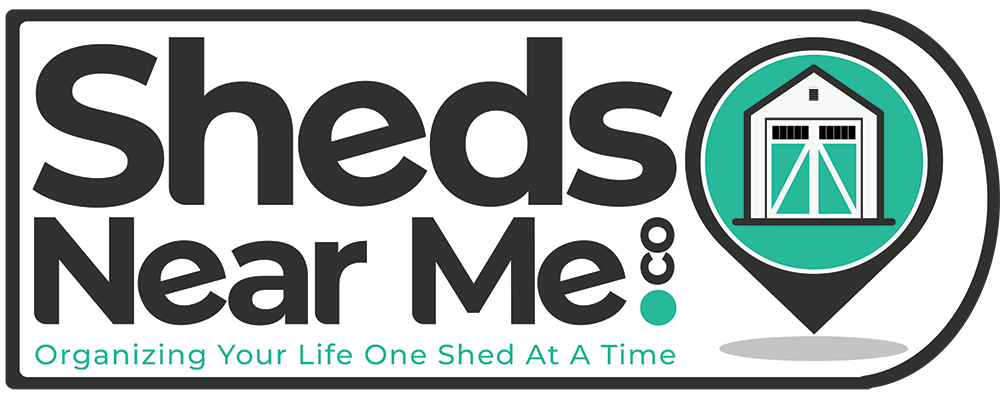A shed is a small structure, typically made of wood, used for storage or as a workspace. Sheds can range in size from small tool sheds to large storage buildings, and they are often used to store tools, lawn equipment, and other items.
Whether you’re looking to store your garden supplies, create a workshop, or have a place to relax, a shed can be the perfect solution. But how will homeowners choose the ideal size for a shed? Here are some factors to consider.
1. Usage
Think about how you plan to use the shed. Homeowners want a more oversized shed to store large items, like lawnmowers or bicycles. A smaller shed should suffice if you primarily hold tools and other small items. The size should depend on the intended use.
Don’t forget to check your area’s local building codes before purchasing a shed. It will ensure that your shed meets all the necessary safety requirements. Once you’ve considered all these factors, you’ll be able to find the perfect shed for your home.
2. Material
The material of your shed is also an important consideration. Wood is popular because it’s easy to work with and can be stained or painted to match your home. However, it will require periodic maintenance to keep it in good condition.
Metal sheds are a good alternative for a more durable and low-maintenance option. Vinyl sheds are also popular because they’re lightweight and easy to assemble. But for best results, consider the usual weather where the shed will stay to identify the best material.
3. Location Size
The size of the shed will determine the size of the area it occupies. Consider the size of your yard and the distance from your house to select the best location for the shed. Make sure to leave enough room for a driveway or walkway if needed.
Homeowners should also consider the amount of sun and shade the area receives to ensure their shed is adequately ventilated. Pick a slightly elevated spot to prevent water pooling around the shed during rainy days. The highland should also save the shed during floods.
4. Transportability
Homeowners should consider the portability of their shed. Some sheds are designed to be moved and relocated easily, while others are more stationary. If you plan to move your shed in the future, make sure to purchase one that is designed to be portable.
Otherwise, you may have difficulty relocating the shed. It will take time to take the shed from its site, transport it to the new one, and later bury it again. Aside from transportability, choosing a smaller-sized shed should also cost less, especially during a move.
5. Building Materials
Before purchasing a shed, consider the material used to construct it. Most sheds are made of wood, metal, or plastic. Each material has its advantages and disadvantages. Wood is more attractive and provides more insulation but may require more maintenance.
Metal is more durable, requires less maintenance, and may be less aesthetically pleasing. Plastic is the least expensive option, but it may not be as durable as the other materials. Consider the climate in your area to determine which material will provide the best protection from the elements.
Conclusion
When choosing a shed, there are many factors to consider. Consider the shed’s size, material, and location to determine which option best suits your needs. Consider the climate in your area, the amount of maintenance required, and the cost to make the best decision. With some research, you can find the perfect shed for your needs.
Sheds Near Me creates custom cabins in North Carolina. We cater to clients needing adjustments and changes in basic sheds, allowing them to build sheds according to their needs and preferences. Learn more about portable garages by browsing our website today.
